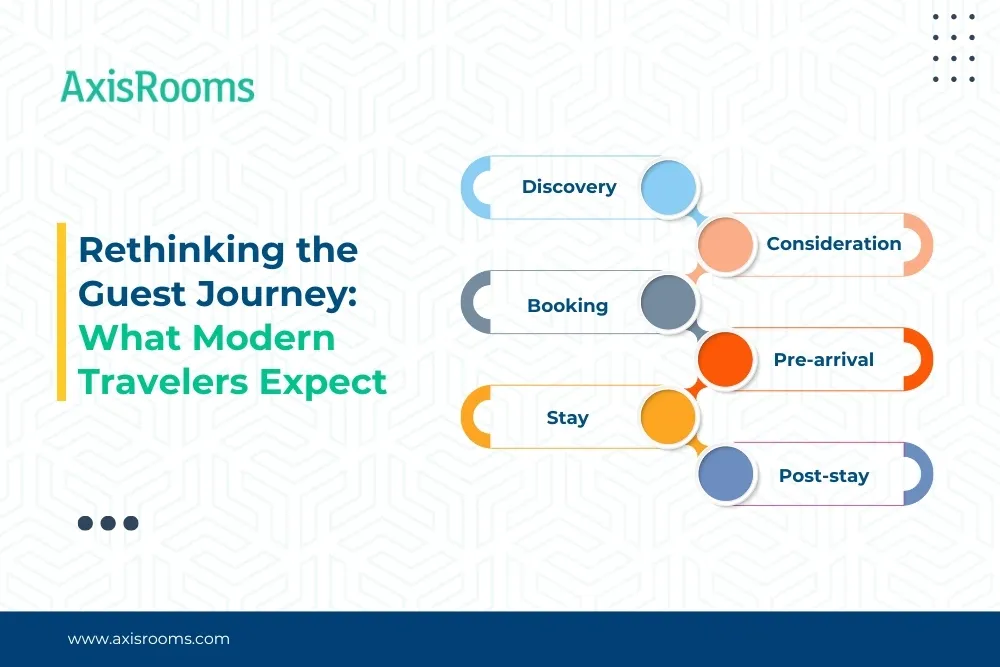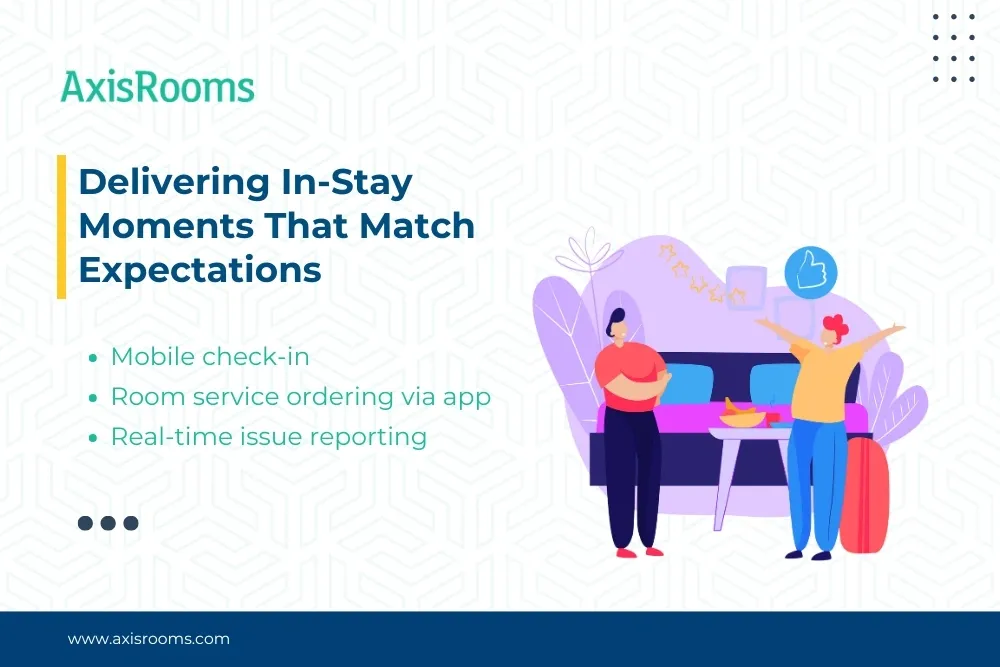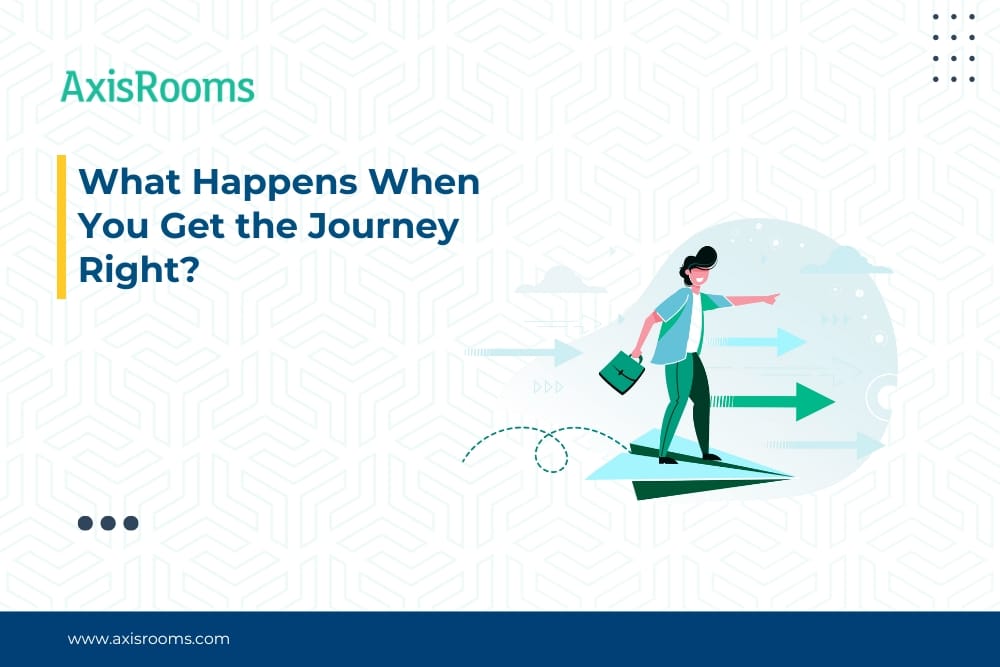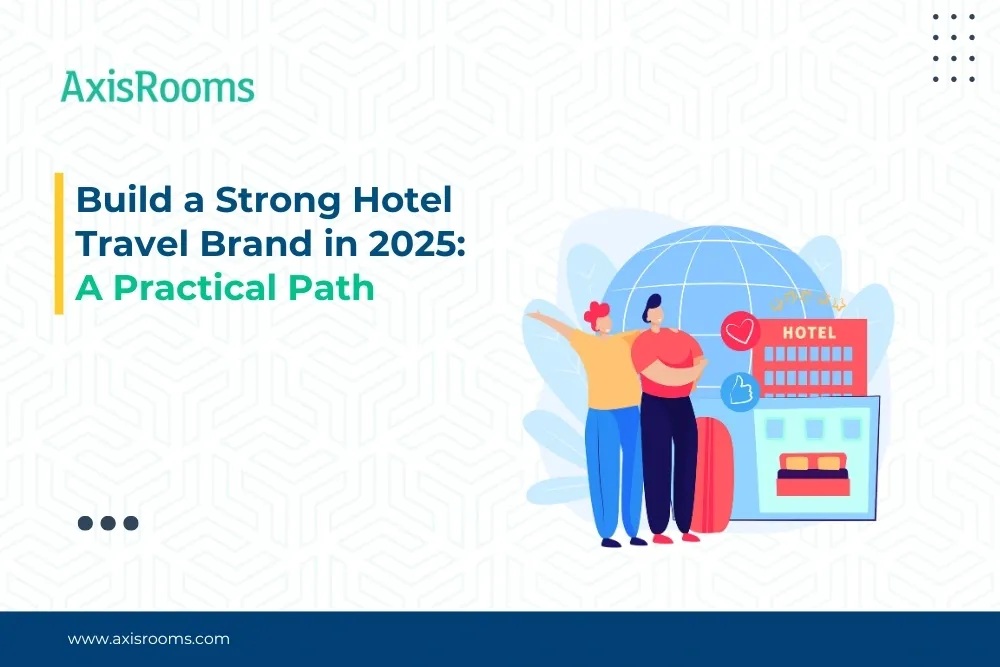Ask any hotelier today: Is a full booking calendar enough to build a lasting brand?
The answer, increasingly, is no.
In 2025, being a travel brand means more than selling rooms. It’s about curating an experience—one that starts the moment a guest discovers your property online, flows smoothly through booking and check-in, and leaves a lasting impression well after they’ve checked out.
Today’s travelers expect more: fewer hassles, more personalization, and a level of consistency that reflects a well-run, connected operation. This is where many hotels fall short—not due to lack of intent, but due to disconnected systems and outdated approaches.
Let’s walk through how your hotel can evolve into a modern travel brand by streamlining every phase of the guest journey using the right tech tools—and a shift in mindset.
1. Why the Travel Brand Mindset Matters in Hospitality
“Travel brand” might sound like something reserved for airlines and OTAs. But in reality, your hotel is already one—whether you embrace it or not.
Guests no longer experience your hotel only during their stay. They engage with your brand:
- While researching on Google or social media
- Comparing prices across OTAs
- Booking directly (or trying to)
- Checking in via mobile
- Receiving your thank-you message post-departure
So, what separates a forgettable stay from a memorable brand experience?
Branding is no longer a marketing department’s job—it’s embedded in every guest interaction.
2. Rethinking the Guest Journey: What Modern Travelers Expect

For many hoteliers, guest engagement still revolves around check-in and checkout. But guests today take a much longer and more digital path.
Here’s what that journey typically looks like in 2025:
Hotels that anticipate and design for this full journey build loyalty faster and reduce their dependence on OTA commissions.
3. Your Booking Experience Is the First Brand Promise
Think about the last time you booked a hotel online. Did the process feel smooth and trustworthy—or did it leave you questioning if you’d made the right choice?
Your hotel reservation booking software is often your guest’s first real interaction with your brand. If it’s slow, confusing, or hard to navigate on mobile, that negative impression sticks.
Here’s what guests expect in 2025:
- Fast-loading, mobile-friendly booking engine
- Real-time room availability
- Transparent pricing and add-ons
- Simple payment experience—no jumping through hoops
This is where integrated hotel software with payment gateways and OTA sync comes in handy. It reduces booking abandonment, increases direct conversions, and helps you own the guest relationship from the start.
4. Before They Arrive: Set the Right Tone
The days between booking and check-in are gold. Guests are excited, slightly anxious, and full of questions.
Smart hoteliers are using guest messaging automation to make this phase feel personal:
- “Hi Priya, we look forward to welcoming you to our beachfront property this Friday!”
- “Would you like to reserve a cab from the airport?”
- “Here’s a quick look at what’s happening in the city this weekend.”
Messages like these, triggered automatically through CRM and booking system integrations, elevate your hotel from “yet another property” to a place that cares.
5. Delivering In-Stay Moments That Match Expectations

Let’s be honest—guest experience on the ground is where your team shines. But your staff can’t do it alone.
To offer a truly seamless stay, your operations need to be supported by smart tools:
- Mobile check-in so guests aren’t stuck waiting at the front desk
- Room service ordering via app for accuracy and upsell opportunities
- Real-time issue reporting (e.g., “AC not cooling”) through messaging apps
- Live feedback capture while the guest is still onsite
These touches aren’t gimmicks. They’re expectations in 2025. And when powered by hotel guest experience software connected to your PMS and CRM, they run quietly in the background—while your team focuses on hospitality.
6. Don’t Let the Relationship End at Checkout
Think your job’s done once the guest checks out? That mindset loses you repeat business.
Here’s how top-performing hotels continue the conversation:
- Send a personalized thank-you email with a feedback link
- Offer a discount for their next visit
- Invite them to join your hotel loyalty program
With a hotel CRM doing the heavy lifting, you don’t need to manually follow up. Just set up automations to nudge guests at the right time—with the right message.
Even better, use their previous stay data to customize future offers. Did they book a couple’s spa last time? Offer a bundled deal next time.
7. Why Disconnected Systems Hurt the Guest—and You
Running a hotel means juggling systems: PMS, channel manager, CRM, booking engine, review platforms… and more. If these tools don’t talk to each other, the cracks start to show.
- Guests get redundant emails
- Staff scrambles to find booking data
- Upsell opportunities are missed
- Feedback isn’t acted upon
PMS integrations and centralized platforms prevent all that.
Integration doesn’t just help the guest—it makes your team more efficient and focused.
8. What AxisRooms Brings to Your Guest Journey
Delivering a connected guest experience is only possible when your tech stack is working together, not in silos. That’s where AxisRooms makes a real difference—by offering hoteliers an integrated ecosystem designed specifically for the hospitality industry.
AxisRooms isn’t just a set of standalone tools. It’s a hospitality-first platform that ties together the systems you already use—so your team can focus on service, not software.
Here’s how AxisRooms supports every stage of the guest journey:
Why Hoteliers Trust AxisRooms:
- Booking Engine: Convert more website traffic into confirmed bookings—no commission involved. With upsell options and payment gateway integration, you get full control of the guest transaction.
- CRM Integration: Every interaction is logged and accessible. Whether it’s a birthday, a room preference, or a service issue—your team knows it all before the next stay.
- Operational Visibility: From room performance to source-market data, AxisRooms offers reports that actually help you make decisions—not just fill dashboards. The platform also enables seamless PMS integrations, so property data flows automatically into your front office and guest service operations.
Unlike generic property management tools, AxisRooms understands the nuances of independent hotels, boutique properties, and regional chains. The platform is built to help you scale your operations without sacrificing guest satisfaction.
And perhaps most importantly—it helps you act like a travel brand, not just a hotel. With automation, integration, and data intelligence working behind the scenes, your brand stays consistent, responsive, and memorable across every guest interaction.
9. What Happens When You Get the Journey Right?

Let’s look at what hotels gain when they shift from transactional thinking to a travel brand mindset.
Final Takeaway: Start Acting Like a Brand, Not Just a Booking
Your rooms may be what people pay for—but it’s the journey they remember. And in an era where reviews, referrals, and repeat business matter more than ever, that journey is your brand.
So the next time a guest clicks "Book Now," think beyond the reservation. Think about the full story you're about to write together—and make it unforgettable.


